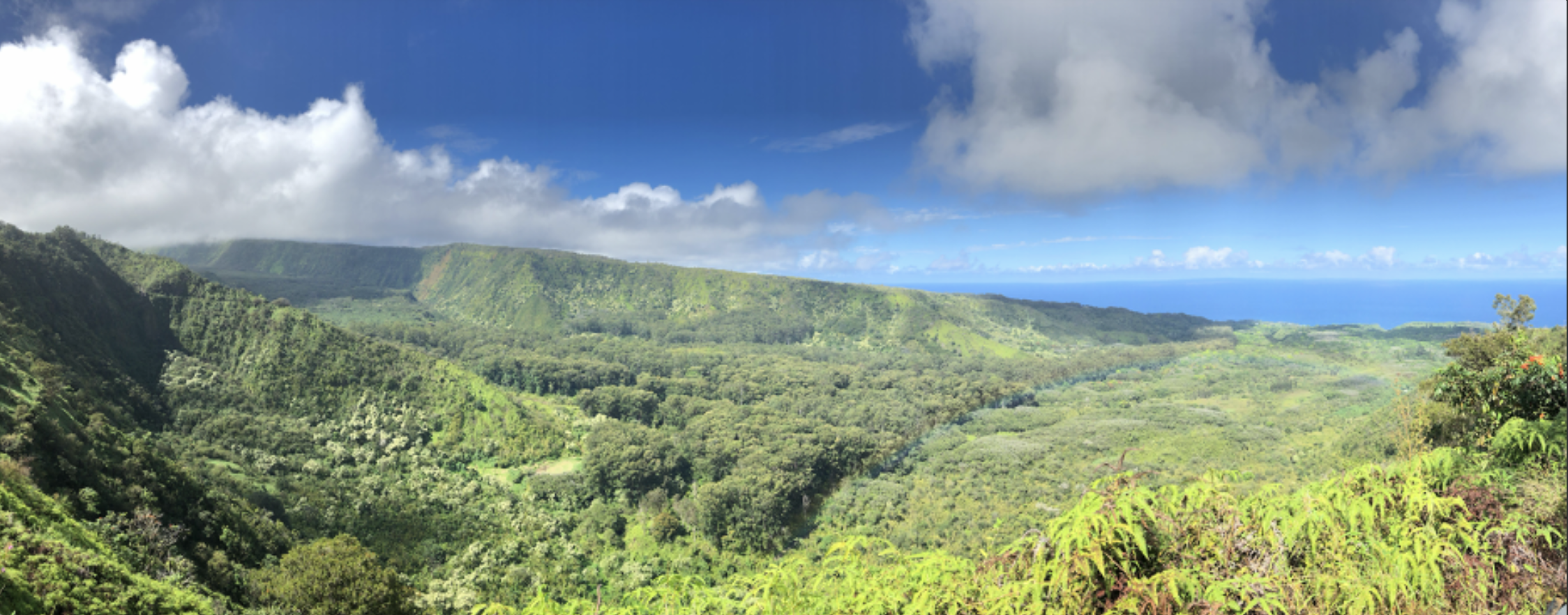Additional state lands proposed for protection, public comment encouraged
By Tara Apo | Reading time: 3 minutes
Speak up for more protection, management, and public access to our state lands. Comments for lands statewide accepted up to March 1st. One final online briefing, for Maui County parcels, will be held on Feb. 15.
The State Division of Forestry and Wildlife (DOFAW) has identified nearly 100 parcels of priority state lands they are proposing for designation as Natural Area Reserves, Forest Reserves, and Wildlife Sanctuaries. Most of the proposed areas, totaling over 20,000 acres, are unencumbered state land, not set aside for use by any state agency or managed for environmental protection. These properties fall under the purview of the Department of Land and Natural Resource’s Land Division, which may utilize them for issuing leases, licenses, permits, etc., development, land exchanges, open space, or other uses in accordance with the State’s goals.
DOFAW notes that, without protection, these lands are susceptible to being transferred or leased out, public access may be interrupted, and lack of management for invasive species, fire, erosion, and other environmental and social threats leave these places at risk.
The proposed designations are intended to protect priority areas in perpetuity for conservation and public access. DOFAW currently works to manage over 130,000 acres of public trust lands for the preservation of watersheds, native ecosystems, streams, endangered species, traditional and customary practices, and public access, recreation, and hunting.
A map of the land parcels proposed for designation can be viewed here.
The public is encouraged to provide comments on this proposal. Comments will be accepted until March 1st, and may be submitted as follows:
Use the online comment box here
Send a comment by email to jaianne.z.rimando@hawaii.gov
Send a comment via mail to
Jaianne Rimando
Division of Forestry and Wildlife, Department of Land and Natural Resources
1151 Punchbowl St, Rm 325, Honolulu, HI, 96813Drop off at a DOFAW office. Locations and hours can be found here
Any questions can be directed to jaianne.z.rimando@hawaii.gov
DOFAW is hosting a public informational meeting for Maui residents to gather input from the community. Meetings for the other islands have already been held, but individuals can still submit comments and contact DOFAW with questions.
Maui:
Online: February 15, 5 p.m. – 7 p.m., Zoom link here
Meeting ID: 816 9683 3617; Passcode: QrVz0G
Pia Valley Natural Area Reserve, Oʻahu. Photo: DLNR.
Natural Area Reserves are established to preserve mauka to makai ecosystems in as pristine condition as possible. Management efforts may focus on invasive species control, restoration and habitat enhancement, monitoring and research, and public information and education. Activity restrictions protecting NARS are intended keep native ecosystems intact in perpetuity for future generations.
Koʻolau Forest Reserve, Maui. Photo: Tara Apo
Forest Reserves protect some of Hawai’i’s most critical ecosystems. Forests support high levels of biodiversity and provide a range of ecosystem services, such as the provision of fresh water and erosion protection. DOFAW works to protect, manage and restore the natural resources within the Forest Reserve System while providing public access, subsistence, and recreational opportunities, like hunting and hiking.
Hāmākua Marsh Wildlife Sanctuary, Oʻahu. Photo: Nate Yuen.
Many of Hawaiʻiʻs native and endemic birds, which provide critical pollination, seed dispersal, and nutrient cycling services in Hawaiian ecosystems, have experienced drastic population reductions due to habitat degradation and displacement. Wildlife Sanctuaries are established to provide and restore habitat, protect nesting areas, and support the recovery of Hawaiian wildlife. Most sanctuaries are closed to the public in order to avoid disruption of native habitats.



